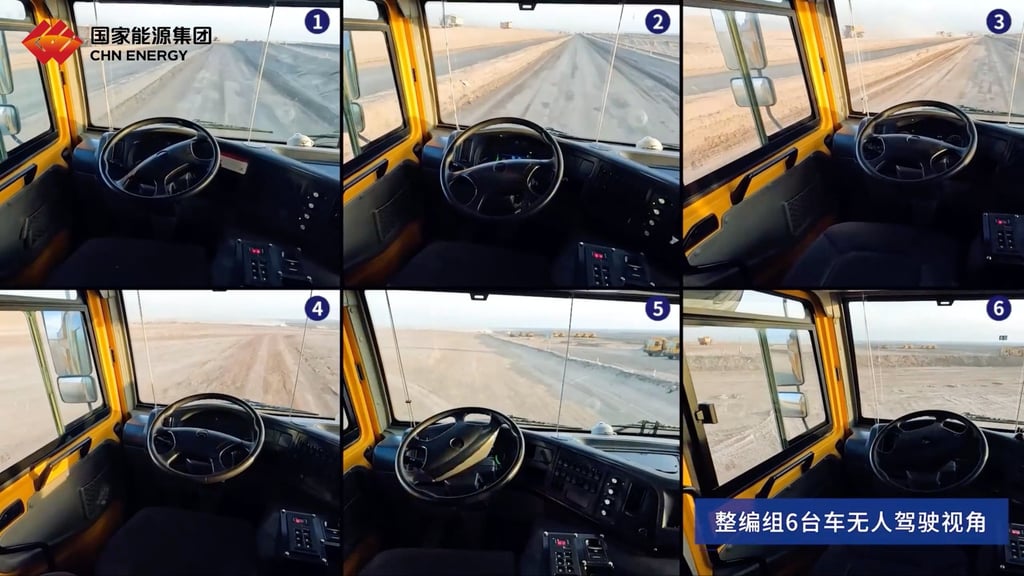Advertisement
China doubles down on coal with rapid roll-out of new railway track to the world’s largest deposit
- 257km line from Zhundong open pit to Urumqi will increase the mine’s transport capacity to more than 100 million tonnes a year
- Tight construction deadline and obstacles such as protecting wildlife habitats and extreme Gobi Desert temperatures proved challenging for the team
Reading Time:3 minutes
Why you can trust SCMP
14

In just a year, China has completed the construction of a new track to nearly double the rail transport capacity of the world’s largest coal deposit in Xinjiang.
To the northeast of Xinjiang’s capital city Urumqi, the Zhundong open-pit field has 390 billion tonnes of coal, according to a report on Tuesday by Science and Technology Daily, an official paper run by the Ministry of Science and Technology.
This estimated reserve dwarfs that of the North Antelope Rochelle mine in the United States, once the biggest coal mine in the world, by over 200 times.
Advertisement
The low-sulphur, high-energy coal from the Zhundong deposit alone can support China’s energy demands for more than a century, according to an estimate by Chinese researchers in 2016.

The 257km (153-mile) track from Zhundong to Urumqi – about the distance between New York State and Washington DC – would increase the mine’s outgoing rail transport capacity by over 90 per cent to more than 100 million tonnes a year.
Advertisement
Advertisement
Select Voice
Choose your listening speed
Get through articles 2x faster
1.25x
250 WPM
Slow
Average
Fast
1.25x